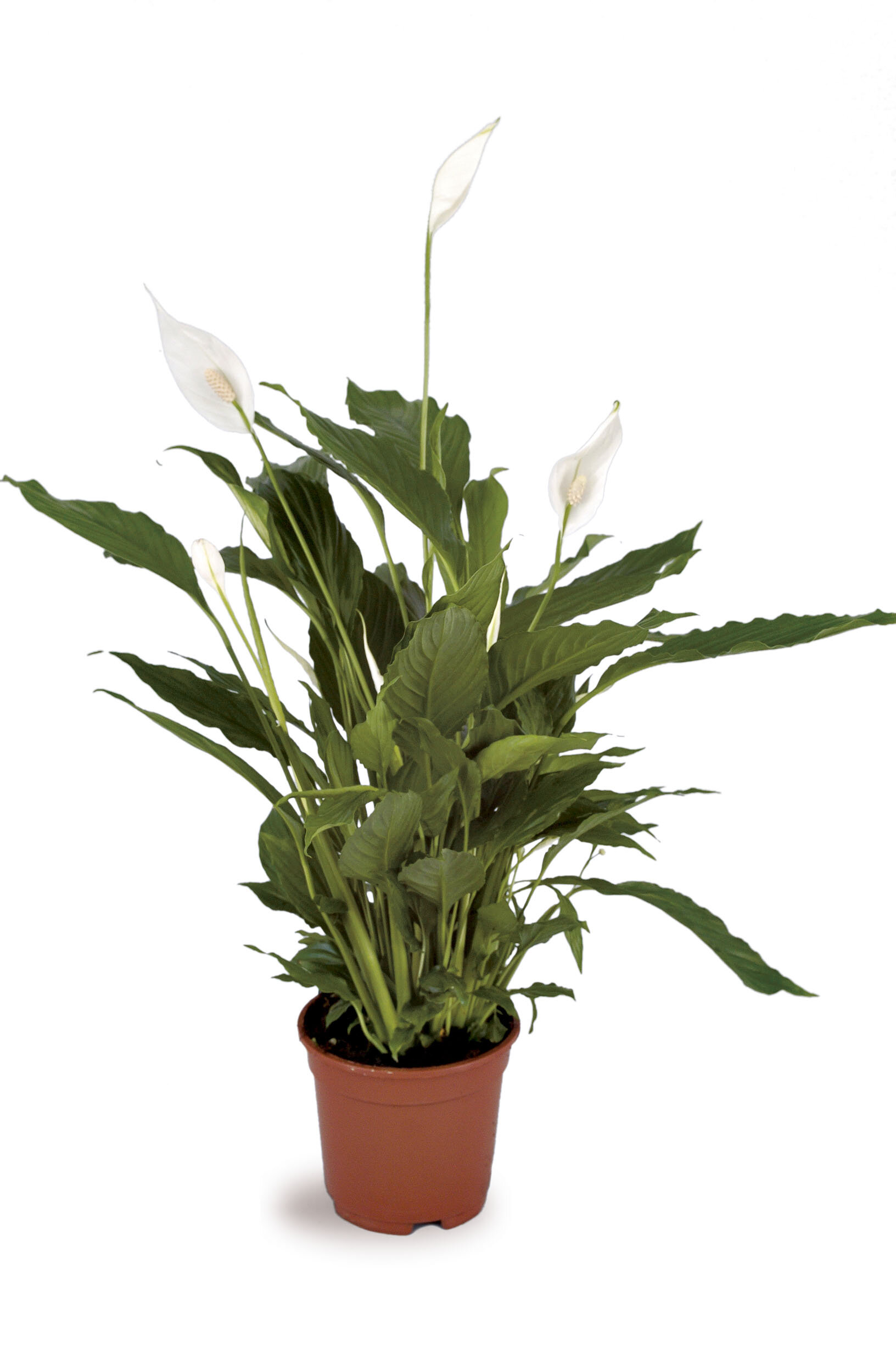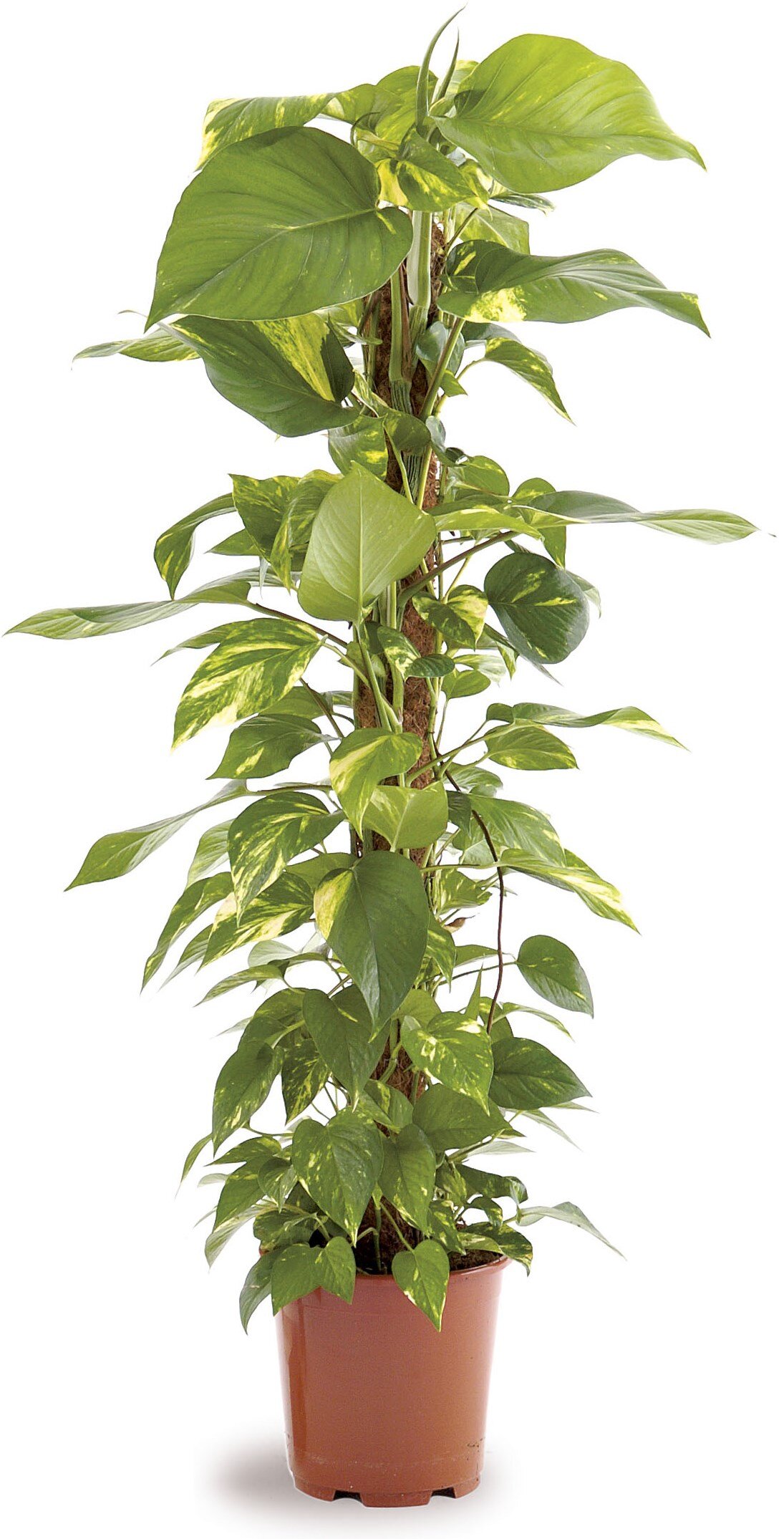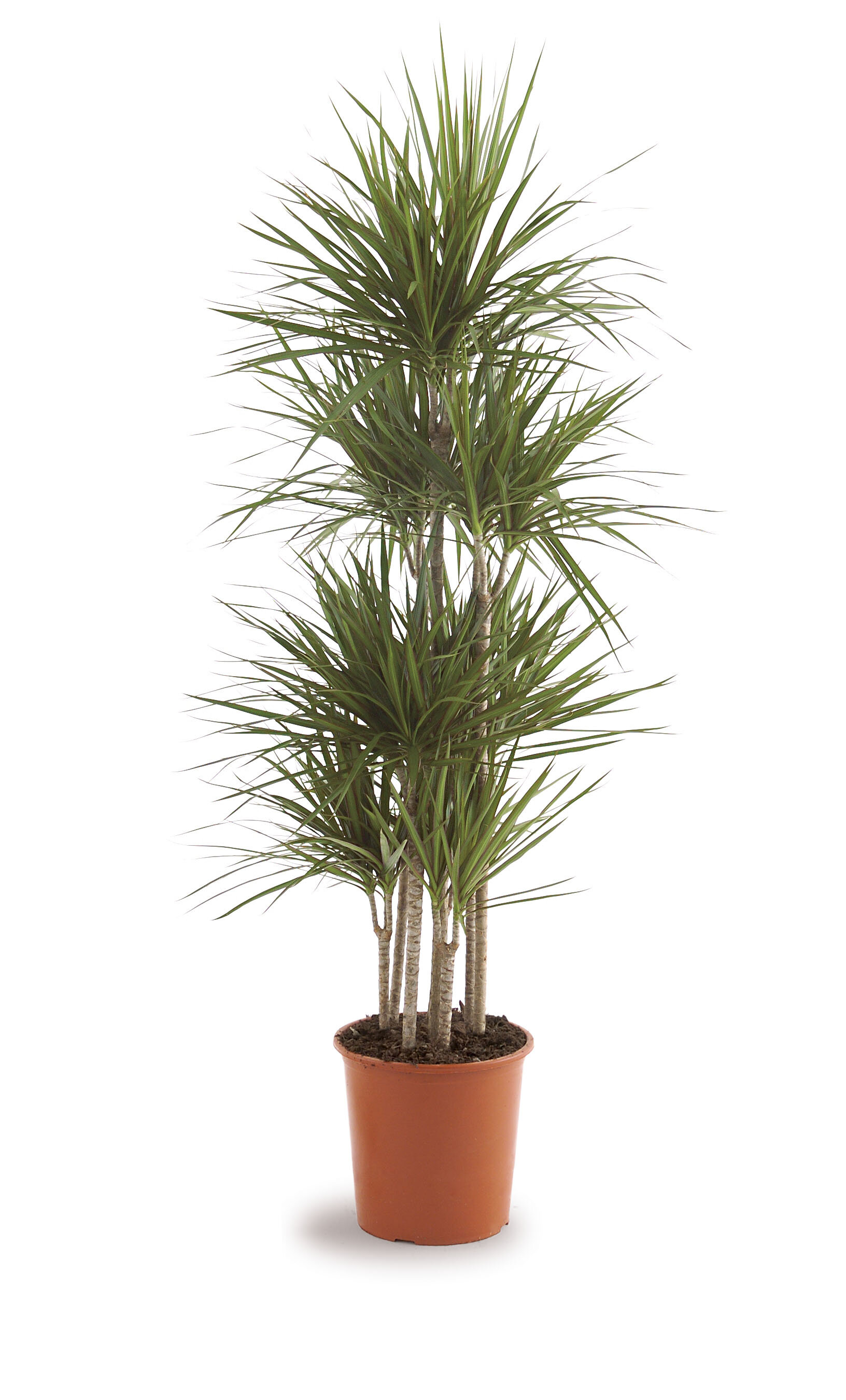Workplaces as we know them are changing faster than ever before. In these uncertain times the health and wellbeing of the workforce has never been so important - here we look at how plants can improve the air quality in your office.
How do plants purify the air?
Did you know that air pollution is one of the biggest health threats in the UK? Around 36,000 deaths a year are attributed to exposure to air pollution. While we tend to think of air pollution as being an outdoor thing, the air quality inside buildings is also often poor. Indoor air pollution can be caused by several things, including inadequate ventilation, chemicals from cleaning products or types of building materials used. As we spend around 90% of our time indoors, the indoor air quality of our workplaces can be a big factor affecting our health.
Adding indoor plants to your office space helps to keep the air clean, as plants absorb carbon dioxide and release oxygen into the air during photosynthesis. However, plants go further towards purifying the air than just reducing CO2 levels – they also reduce the amount of harmful toxins in the air. VOCs (Volatile Organic Compounds) are present in many objects in the office and are ‘off-gassed’ into the air. For example, VOCs such as trichloroethylene (TCE), benzene and formaldehyde are present in many everyday items such as furniture, fabrics, and cleaning chemicals.
TCE is considered a liver carcinogen by The National Cancer Society. Benzene is one of the most common chemicals found in everyday use, yet it has long been known as a skin and eye irritant. Exposure to benzene has also been blamed for symptoms such as dizziness, weakness, headache, nausea, blurred vision, respiratory diseases, tremors, irregular heartbeat, and liver and kidney damage to name just a few. Formaldehyde irritates the mucous membranes of the eyes, nose and throat.
A 1989 study by NASA found that interior plants absorb VOCs through the soil and leaves, effectively and significantly reducing the amount of toxins in the air. The findings were backed up by another study from 2010 by Margaret Burchett et al. of the University of Technology Sydney, which found that the plants they tested (including Aglaonema, Chamaedorea and Philodendron) were all effective at removing VOCs. Moreover, it was found that the plants could adjust to absorb higher levels of toxins when the concentration of VOCs were increased. (For more information on the results of this study, download the pdf at the bottom of this page). The potential that plants have to clean the air and help prevent us from getting ill cannot be underestimated.
The health benefits to be gained from improved air quality was shown by a study by Prof. Dr. Tøve Fjeld (Agricultural University of Norway), which found that interior plants can significantly reduce symptoms of ill health. For example, hoarseness, coughing and a dry throat reduced by around 30% over a 2 month period when plants were present. Headaches and fatigue also dropped between 20 and 30%, and skin irritations decreased by a quarter.
Here is our list of the top 5 air purifying plants:
While pretty much any plants help to purify the air, some species have been proven by scientific studies to be more effective than others. (Please do be aware that the plants you add to your workspace need to be suitable for the light levels and temperatures they will be kept in.)
Spathiphyllum - Also called a peace lily, this beautiful plant helps clean the air of formaldehyde, trichloroethylene and benzene.
Sanseveria - This hardy plant filters formaldehyde, trichloroethylene, xylene and benzene from the air.
Areca Palm (Dypsis lutescens) - Great at removing formaldehyde from the air, and also helps boost humidity levels.
Scindapsus (Epipremnum Aureum) - This plant has leaves with a big surface area, and it can clean benzene, formaldehyde, trichloroethene, toluene and xylene from the air.
Dracaena Marginata - Helps to purify the air by filtering toxins including trichloroethylene and xylene.
Speak to us today about adding interior planting to your workspace:








